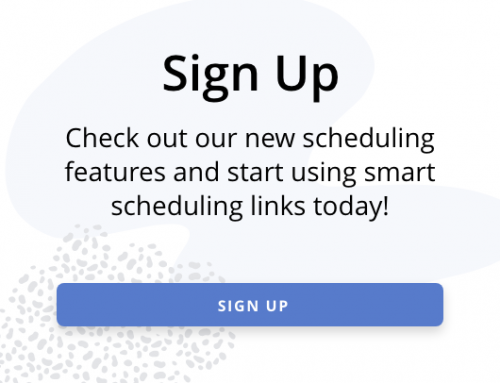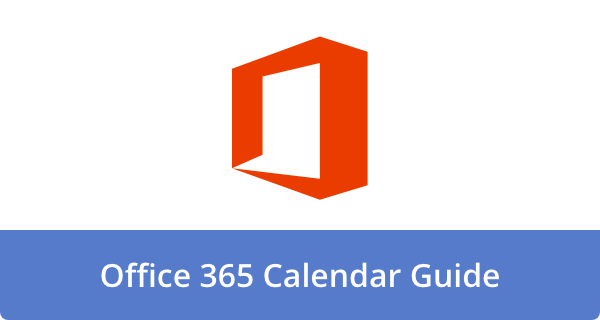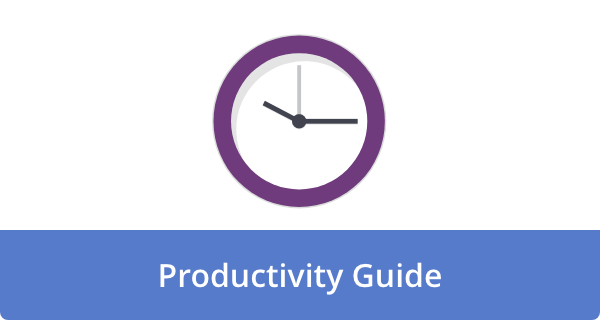

Are you tired of attending endless, unproductive meetings that leave you feeling overwhelmed and confused? Here, we will explore Calendar-based collaboration, a skillset that can transform even the dullest of meetings into a wellspring of productivity. You will find help with effective communication and inclusive decision-making, where cutting-edge technology amplifies the collaborative spirit you are seeking. You’ll find success that can be measured and continually improved upon.
There will always be new secrets as technology progresses — but we hope you find some secrets you can use here, today. You’ll create the perfect meeting experience, enabling you and your colleagues to work faster than ever. You can do this!
Understanding Calendar-Based Collaboration
Calendar-based collaboration is an approach that begins with understanding its significance in an interconnected life. In essence, leveraging shared calendars as collaborative tools not only streamlines the scheduling process but also fosters a sense of unity among team members working together towards a common goal. Studies have shown that effective calendar-based collaboration has a positive impact on productivity, reduces miscommunication, and enables teams to function more efficiently by establishing clear deadlines and milestones.
When you collaborate on your Calendar, you have a comprehensive system that integrates with various calendar systems, allowing team members to seamlessly share availability, organize events, and stay updated on project progress. This cross-compatibility eliminates barriers between different calendar tools, empowering users to coordinate their efforts easily, regardless of their preferred software.
The Calendar platform offers additional features, including task assignment, real-time updates, and customizable notifications, to create a personalized and efficient collaboration experience. By incorporating these examples and data-driven insights, businesses can unlock the full potential of calendar-based collaboration, experiencing the transformative impact of the meeting approach to decide to include.
Effective Communication in Meetings
Effective communication in meetings is the foundation for collaborative success, fostering efficiency and ensuring everyone’s input is valued. A well-prepared and carefully planned meeting paves the way for fruitful discussions, ultimately contributing to the desired outcomes. For instance, adopting a structured agenda that allocates specific time frames for each agenda item discourages unnecessary digression and keeps participants focused on the task at hand. This also encourages participants to prepare beforehand, thereby contributing to a more engaging conversation.
When you integrate with various calendaring and video conferencing applications, it allows for seamless scheduling and easy access to pertinent meeting information, ensuring participants are informed and prepared to discuss relevant topics.
To create an engaging and inclusive meeting environment, cultivating an atmosphere of mutual respect and active listening is essential. This can be achieved by employing various techniques, such as maintaining eye contact when speaking, allowing others to share their thoughts, and providing both verbal and nonverbal feedback. Proactively engaging participants through interactive elements, such as polls or breakout sessions, ensures all voices are heard and enhances the overall meeting experience.
Emphasizing the importance of clear communication and maintaining an open dialogue paves the way for collaborative problem-solving, fostering an environment that welcomes diverse perspectives. By adhering to these guidelines, organizations can optimize the efficiency and productivity of their meetings, setting the stage for successful, calendar-based collaboration.
Strategies for Inclusive Decision-Making
Effective decision-making in a diverse team relies on inclusive strategies that respect each member’s unique perspective. Calendar-based collaboration platforms provide the ideal environment for every team member to participate in the decision-making process actively. By encouraging the use of shared calendars to propose and track progress on different projects, team members can collectively weigh the pros and cons of each decision point and work towards a consensus. Connecting individual calendars to a central knowledge hub and synchronizing them with regular team meetings ensures that everyone has the access and information they need for making informed choices.
Practicing active listening and embracing open communication are essential to fostering inclusivity within your team. To accomplish this, set collective goals for communication practices in your organization and ensure that everyone is held accountable for adhering to them. For instance, utilize digital calendars to schedule and send reminders for recurring meetings, allowing ample time for discussion and feedback.
Additionally, implement peer-to-peer review sessions to encourage open collaboration, as well as anonymous feedback channels so that everyone feels comfortable sharing their perspective. These approaches will not only result in a more inclusive environment, but they will also strengthen the decision-making process by leveraging the diverse insights of the entire team.
Utilizing Technology for Enhanced Collaboration
There are numerous tools and platforms available, such as shared calendars, video conferencing, and project management applications, that streamline communication and keep everyone on the same page. For example, Google Workspace’s integrated calendar and video communication platform, Google Meet, makes it easy for teams to manage time more effectively and collaborate on projects without the constraints of geographic locations. By simply sharing a single calendar, team members can track each other’s availability and easily view upcoming events and deadlines, fostering a sense of shared responsibility.
Smooth transitions enable remote team members and in-person colleagues to collaborate effectively without compromising productivity. Moreover, platforms like Slack, Trello, and Asana allow team members to collaborate in real-time. With the inclusion of notifications and the ability to directly tag individuals, these platforms encourage instant feedback and ongoing communication, ensuring projects stay on track and deadlines are met.
Utilizing all-inclusive tools further enhances collaboration by providing a virtual whiteboard where team members can brainstorm together, create project outlines, and leave comments on each other’s work—regardless of time zones. By embracing these technologies, meetings become more efficient and, ultimately, more effective, laying the groundwork for a truly comprehensive approach to calendar-based collaboration.
Measuring Success and Continuous Improvement
Measuring success and continuously improving your calendar-based collaborations play a substantial role in the efficiency and productivity of your team. By employing various analytics tools, you can measure key benchmarks such as meeting participation rates, engagement levels, and whether meetings align with defined goals.
For example, attendance statistics can reveal patterns indicating the need for schedule adjustments or alternative meeting formats. Additionally, tracking the time it takes for actionable items to be completed after meetings will help your team identify areas that need improvement, resulting in better overall collaboration and more effective meetings.
Encouraging regular feedback and discussions about the effectiveness of meetings has helped us improve our overall performance and can pave the way for consistent improvement for each team member. To foster a healthy feedback culture, anonymous surveys can be used to gauge the satisfaction of meeting participants and gather constructive ideas for improvement.
Gaining insightful perspectives from your team will help identify strengths and weaknesses, while also increasing the overall quality of collaboration. By consistently measuring success and embracing continuous improvement, your team can unlock the true magic of productive and engaging calendar-based collaboration.
Closing Thoughts
Take a moment to see how your Calendar can give you power-based collaboration, revolutionizing modern-day meetings. By incorporating effective communication, inclusive decision-making strategies, and state-of-the-art technology, teams can maximize productivity and foster a dynamic collaborative environment.
Ongoing measurement of success and dedicated efforts towards continuous improvement ensure the adaptive approach to collaborative meetings remains both relevant and effective. Embrace to transform everyday interactions into extraordinary opportunities for growth and connection.











Angela Ruth
My name is Angela Ruth. I aim to help you learn how Calendar can help you manage your time, boost your productivity, and spend your days working on things that matter, both personally and professionally. Here's to improving all your calendars and becoming the person you are destined to become!